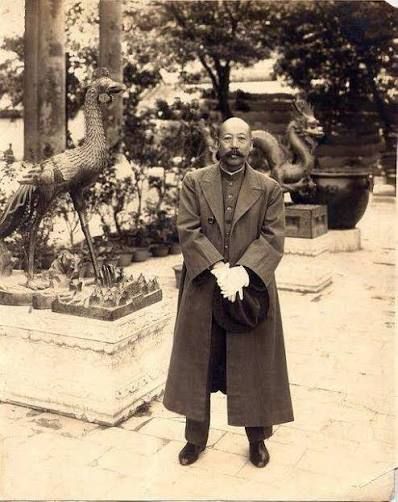China Historical Photos
@chinahistorypics.bsky.social
1.1K followers
3.4K following
500 posts
China’s story in pictures (1850–2000). From empire to revolution to reform—one photograph at a time.
Posts
Media
Videos
Starter Packs
























